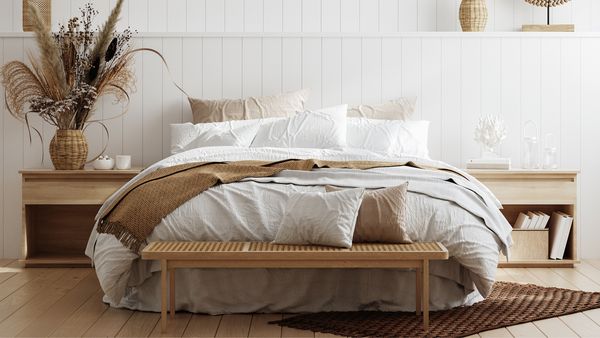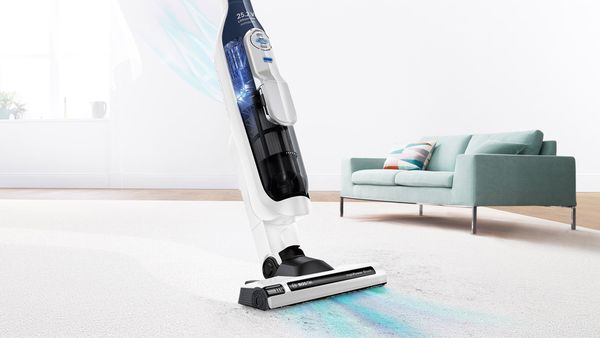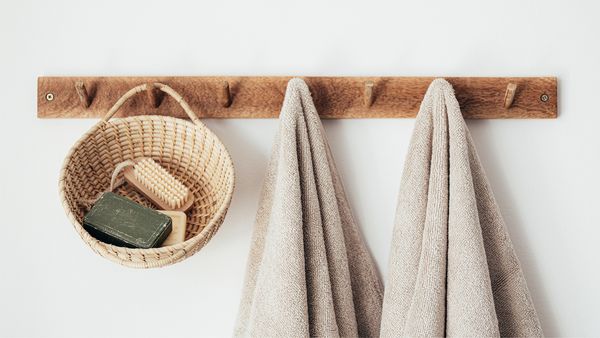Are you allergic to your home?
Your home is the environment in which you spend the most time, particularly if it’s your workplace too. But could it be triggering your allergies? Whether it’s your clothes, your carpets or your cat – there are lots of allergens in the home lurking around and putting your immune system at risk. So, before you automatically reach for the antihistamines, why not find out how to banish the bugs and reduce house allergies with these simple tips.
Sharing your bed with the enemy.
It’s gross, but it’s true. Dust mites LOVE your bedding. In fact, they love anywhere warm and cosy where they can cuddle up and feed on the dust that we humans naturally produce. As friendly as they sound, dust mites are one of the most common causes of allergic reactions and asthma so we need to try and make our homes and, in particular our beds, a place that they don’t want to be.


What temperature should I wash bedding at?
While there are lots of gadgets, laundry bags and special protective covers that you can buy to wage war against the dust mite, one super simple tip is to ensure that you wash your bedding frequently and at a really high temperature. A 60 degree wash and a nice hot tumble dry will kill off the mites and, by using fragrance-free detergents you will also ensure that your skin won’t suffer any reactions to scented products. A double win!
Wash away your worries.
The Hygiene Plus wash programme on Bosch washing machines guarantee that 99.99% of bacteria will be removed*, so whether you’re washing a towel, duvet or cushion cover, the dust mites don’t stand a chance. And if you suffer from hay fever, don’t forget that hanging your washing outside to dry means that your wet laundry will collect pollen like nobody’s business. So, while a washing line gently drying sheets in the warm summer breeze sounds idyllic, it’s safest to do your drying indoors if you want to avoid the dreaded hay fever sniffles.
* Bosch washing machines with the ‘Hygiene Plus’ wash program at 40° and 60° fulfill scientifically recommended conditions for 99,99% of germ reduction for Enterococcus Hirae and Pseudomonas Aeruginosa, according to Honisch et al. 2014, "Impact of wash cycle time, temperature and detergent formulation on the hygiene effectiveness of domestic laundering.” Conducted by University Rhine-Waal.


Clean enough to cuddle.
If you can prize soft toys away from your little ones for long enough, these cuddly friends also need to be washed regularly to keep mites, bacteria and pollen at bay. If they are not suitable for a hot wash, then a short spell in the freezer followed by a cool rinse may be in order as the icy temperature will kill off any nasty hidden bugs and leave your soft toys safe to snuggle once again.
What lies beneath?
Another simple solution for allergens in the home is to ensure that you vacuum everywhere – especially the nooks and crannies that gather dust - at least once a week. Make sure your vacuum cleaner is also fitted with an HEPA filter which ensures the allergens aren’t able to escape back out into the air where you can breathe them in.


Nowhere to hide.
The floor, particularly if you have carpets, is the perfect place for germs to gather. You may walk them into the house, you may have pets that shed dander and the general activity of life at home means that food, mould and dust can find its way onto the floor. Perfect for pet owners and allergy sufferers alike, Bosch has a range of vacuum cleaners that have a washable filtration system that removes fine dust particles and bacteria ensuring that even the sneakiest of particles cannot escape.
How to treat mould in the bathroom
Bacteria love humidity so the bathroom is a haven for mould – another prime suspect in the allergy trigger line-up. A regular wipe down of the wet surfaces with a fragrance-free cleaner, keeping the room cool and well ventilated and regularly washing towels, bath mats and shower curtains on a hot setting will mean that mould won’t have the opportunity to grow. Cleaning other surfaces with a damp or microfibre cloth rather than a feather duster will mean that allergens in the home will be trapped rather than released into the air. And, for extra brownie points, wearing a face mask when cleaning will give you additional protection from any airborne particles. If only we had some face masks lying around…


Simply by being a little more vigilant with our weekly chores, the chances of allergy flare-ups are greatly reduced. So, before you bulk buy allergy medicines, stockpile tissues or consider giving your dog away, why not try to reduce allergens in your home with the use of your trusty household cleaning appliances?



